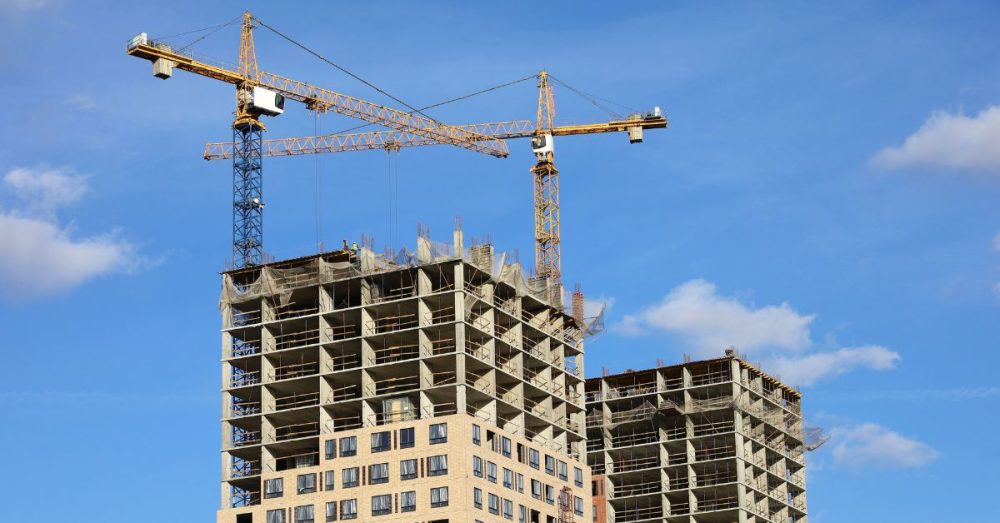Just remember, President Joe Biden says the economy is working.
It’s becoming less and less clear exactly where it’s working, however.
Nearly a year ago, apartment construction began to slow down and numbers have just kept falling since then.
In July, Redfin reported that permits to build multifamily housing units dropped 30% this year. According to the company’s analysis, there were only 13 such permits for every 10,000 persons in the nation.
“Prospective renters should be aware that now may be a better time to sign a lease than later,” said Sheharyar Bokhari, a senior economist with Redfin. “Property owners might start jacking up rents again once all of the new apartments hitting the market fill up with tenants, and there’s no longer so much supply, which could be the case in a year or two.”
The Wall Street Journal reports on how investors are betting on rents increasing as supply dwindles. Here’s the start of the story:
For more than a year, apartment renters in many cities have been getting some relief from price increases because of the enormous amount of new supply being delivered by developers.
Now, big investors are betting that downward pressure on rents from new supply is coming to an end and the market is shifting back in landlords’ favor. At the heart of their reasoning: the critical metric of new construction starts, which began slowing last year and now are falling even further.
Apartment developers are stepping on the brakes, especially compared with the building frenzy in the early years of the pandemic. Across the country some rental-construction projects are getting stalled, as developers struggle to obtain the financing needed to complete them. Other investors are pivoting to more lucrative alternatives.
In July, the annual pace of multifamily-building starts was down 22% from the same month a year earlier, according to the U.S. Census Bureau, and down 41% from an April 2022 peak.
Property-data company CoStar, which uses a different method to count starts, said they fell to less than 61,000 units in the second quarter, the lowest level in the past decade.


